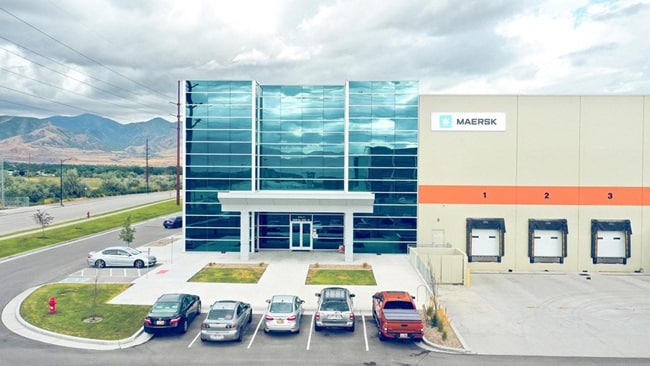The Chinese New Year (CNY), also known as the Lunar New Year or Spring Festival, is one of the most important holiday periods in global logistics. For shippers and businesses, it presents specific logistical challenges. Production slows down, operations are limited, schedules get disrupted, and transportation gets delayed. This can lead to significant supply chain disruptions. Here is everything you need to know about keeping your supply chain running smoothly during this period.
Note: We’ll use the terms Chinese New Year and Lunar New Year interchangeably.
When is Chinese New Year 2026?
In 2026, Chinese New Year begins on February 17, marking the start of the Year of the Horse. The official public holiday will likely run from February 17 to February 23, but the ripple effects on logistics begin much earlier and can last up to six weeks.
Key dates in Chinese New Year 2026 for your supply chain
How will CNY 2026 impact global trade and supply chains?
- Factory shutdowns and production halts
Factories typically reduce output 2–3 weeks before the holiday and may not resume full capacity until mid-March. Orders placed during this time are often delayed. - Freight rate spikes
Shipping demand surges in the lead-up to CNY, driving up freight rates due to peak season surcharges. Booking early is essential to avoid inflated costs. - Port congestion and delays
Ports experience a rush of shipments before and after the holiday, leading to container shortages, longer dwell times, and delays in customs clearance. - Labour shortages
Workforce availability drops sharply during the holiday and recovers slowly, affecting warehousing, trucking, and last-mile delivery.
Industries most affected
- Electronics: Components and finished goods
- Textiles and apparel: Garments and accessories
- Toys: Manufacturing and distribution
- Automotive: Parts and assembly
How to prepare your supply chain for CNY 2026
- Plan early and communicate clearly
Start planning by November 2025. Align with suppliers, carriers, and logistics partners to confirm production schedules, shipping cut-offs, and contingency plans. - Pre-book vessel space or use LCL
Secure container space early or consider less-than-container load (LCL) options to reduce risk of full shipment delays. - Adjust inventory strategy
Stockpile critical inventory based on historical demand. Use data to forecast needs and avoid stockouts during the low-production period. - Diversify routes and modes
Explore air freight or intermodal options. Consider routing through less congested ports like Xiamen or Lianyungang to avoid delays at major hubs. - Budget for contingencies
Set aside funds for unexpected costs like demurrage and detention or cargo damage. Build buffer time into your delivery schedules.
Looking ahead
Chinese New Year is a time of celebration, but for logistics professionals, it’s also a test of preparedness and resilience. With proactive planning and the right partners, you can navigate the disruptions and keep your supply chain moving.
With Maersk’s integrated supply chain capabilities, we aim to help keep your operations running smoothly throughout the year. Explore our logistics solutions.












